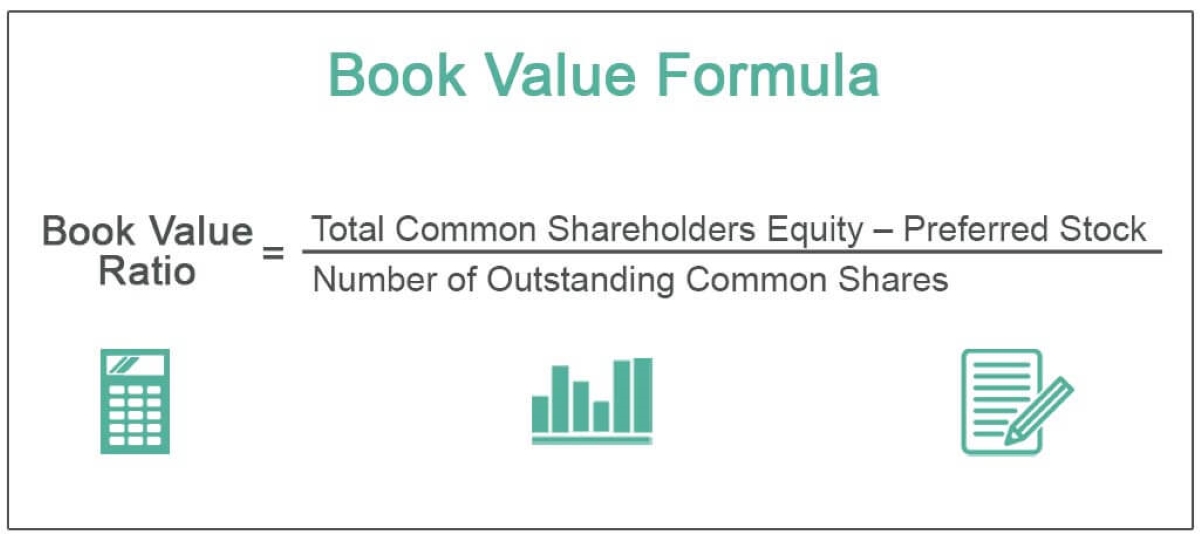Home>Finance>Tangible Book Value Per Share (TBVPS): Definition And Formula


Finance
Tangible Book Value Per Share (TBVPS): Definition And Formula
Published: February 6, 2024
Learn the definition and formula of Tangible Book Value Per Share (TBVPS). Explore how this key financial metric is calculated and its significance in finance.
(Many of the links in this article redirect to a specific reviewed product. Your purchase of these products through affiliate links helps to generate commission for LiveWell, at no extra cost. Learn more)
The Importance of Tangible Book Value Per Share (TBVPS) in Finance
When it comes to making financial decisions, understanding key metrics is crucial. One important metric that investors and analysts often look at is Tangible Book Value Per Share (TBVPS). But what exactly is TBVPS and why is it important? In this blog post, we will define TBVPS, discuss its formula, and explore why it matters in the world of finance.
Key Takeaways:
- Tangible Book Value Per Share (TBVPS) is a financial metric that measures a company’s net worth per outstanding share, excluding intangible assets.
- TBVPS is calculated by subtracting a company’s intangible assets from its book value and dividing the result by the number of outstanding shares.
So, what exactly is Tangible Book Value Per Share (TBVPS)? TBVPS is a financial metric that measures a company’s net worth per outstanding share, excluding intangible assets. It provides insight into a company’s tangible assets, such as buildings, equipment, and inventory, and excludes intangibles, like patents, trademarks, and goodwill.
The formula to calculate TBVPS is quite simple. It is derived by subtracting a company’s intangible assets from its book value and dividing the result by the number of outstanding shares. The resulting figure provides investors and analysts with a better understanding of a company’s net worth in terms of tangible assets relative to the number of shares outstanding.
Why does TBVPS matter? Well, understanding a company’s tangible book value per share can provide valuable insights into its financial health and intrinsic value. Here are a few reasons why TBVPS is important:
- Assessing the True Value: TBVPS allows investors to assess a company’s true value by focusing on its tangible assets rather than intangible or non-operating assets.
- Evaluating Financial Performance: By comparing TBVPS over time, investors can assess a company’s financial performance and growth prospects.
- Investment Decision Making: TBVPS can be used as a tool for making investment decisions. If the TBVPS is lower than the company’s stock price, it may suggest that the stock is overvalued, while a higher TBVPS may indicate an undervalued stock.
- Comparing Companies: TBVPS can also be used to compare different companies within the same industry. By comparing TBVPS ratios, investors can identify companies with stronger tangible asset bases.
In conclusion, Tangible Book Value Per Share (TBVPS) is an important financial metric that provides insight into a company’s net worth per outstanding share, excluding intangible assets. By understanding TBVPS, investors and analysts can make more informed decisions and assess a company’s financial health and intrinsic value. So, the next time you dive into financial analysis or investment research, don’t forget to consider TBVPS!














